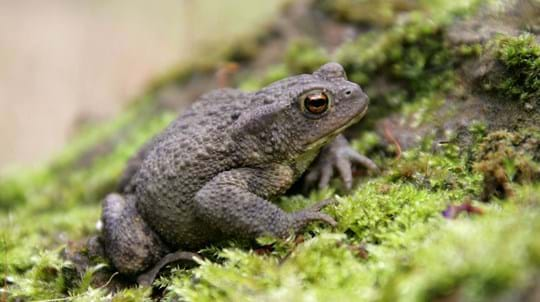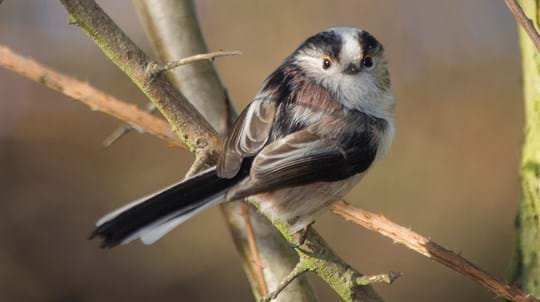
Credit: John Bridges / WTML
What do kingfishers eat?
Kingfishers are, as their name suggests, expert fishers! They hunt by diving into the water for small fish, such as minnows, as well as invertebrates like dragonfly nymphs.
Lightning fast and technicoloured, seeing a kingfisher always feels special. Spot them near rivers, diving low to catch tiny fish with impressive dexterity.
Common name(s):
kingfisher, common kingfisher
Scientific name: Alcedo atthis
Family: Alcedinidae (kingfishers)
Habitat: riparian woodland (riverside woodland), grasslands, marshes
Diet: small fish and aquatic invertebrates
Predators: domestic cats, mink
Origin: native
The kingfisher is a small bird with unmistakable plumage. Its back is bright metallic blue and its breast is a coppery-brown. The beak is long and black, though females have a red patch at the base. With a wingspan of 25cm and body length of 16cm, a kingfisher is only slightly larger than a robin, although it is nearly twice as heavy.

Credit: John Bridges / WTML
Kingfishers are, as their name suggests, expert fishers! They hunt by diving into the water for small fish, such as minnows, as well as invertebrates like dragonfly nymphs.
It was once thought that kingfishers had destructively voracious appetites, so much so that they were persecuted by owners of fisheries in the 1800s.
They tunnel into high-sided riverbanks to make a small chamber for their eggs, producing two to three broods a year.
Each clutch can contain up to seven eggs, the first hatching in March to May. The eggs take around 20 days to incubate and chicks fledge after 25 days. The parents feed their young for a further four days before chasing them off and starting the next brood.
Kingfishers become sexually mature at one year old.

Credit: John Bridges / WTML
The kingfisher is widespread in the UK but is absent from northern Scotland. It is active all year round near rivers, canals and wetlands.
Kingfishers are so difficult to spot, they have inspired a saying: ‘Only the righteous see the kingfisher’.
Look for kingfishers near slow-moving water. Keep an eye out for them perched on low-hanging branches or posts near the water’s edge as they get ready to dive in for a snack.
Audio: Dominic Garcia-Hall / xeno-canto.org

Trees woods and wildlife
Lover of damp log piles and deep leaf litter. The common toad spends much of its year in moist, shaded places, often in woodland, feeding on worms, slugs and insects. Find out more about its habits.

Trees woods and wildlife
The long-tailed tit is a familiar woodland and garden bird. Learn how to identify it, spotting tips, how it breeds and more facts.

Trees woods and wildlife
Architects of the animal world, beavers are back in the UK’s rivers after centuries away. These dam-building rodents can transform their local environment by creating new wetland habitats.

Trees woods and wildlife
Stout but speedy, the bank vole skitters around woodland and dense vegetation looking for blackberries, nuts and fungi. Find out everything you need to know about the bank vole.